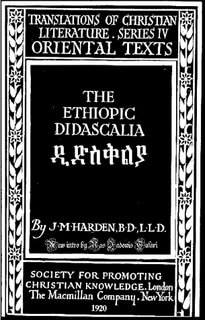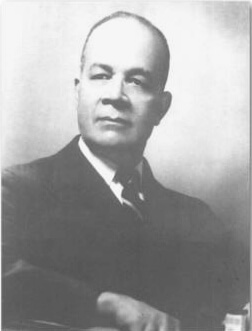

However, there were also consensual unions and concubinage, enslaved Black women who were formally kept as mistresses and their offspring cared for. The slave was the property of the master, and so it was hardly a crime for a white master to force himself upon an enslaved African. Nonetheless, there was still racial intermixture. Around the time of Bacon’s Rebellio (1676), however, distinctions began to be made that categorized Black indentured servants as chattel slaves. Never mind that such distinction was impossibleĪt the outset, in the early colonial days, there was little distinction between Black and white indentured servants and former indentured servants, the bulk of the populace. However, as the rigidity of the Jim Crow Laws reached their maximum in the 1920s it was dropped and so was the designation “Indian,” thus creating a supposedly absolute line between those who were white and those who were not. Up until 1930, the US Census had a category “mulatto” for people of mixed race. He asserted, to no avail, that the fact that he sat unmolested in the white section of a railway car, meant there was no real difference between Black and white. Fergueson, the plaintiff, Plessy, was a Creole, a mixed race person from Louisiana, who appeared to be white, but who could document his Black lineage. The Jim Crow Laws instituted after the demise of Reconstruction, at first, did not explicitly state who was Black and who was not. It would be a cruel injustice and the source of endless litigation, of scandal, of horror, feud and bloodshed.”

This is the “one drop rule.” However Tillman cautioned against that, “The pure blooded white has needed and received a certain infusion of darker blood to give him readiness and purpose.

Many wanted to declare Black anyone with a single Black ancestor, no matter how far back. They did so without specifying who was Black and who was white. Nonetheless, the delegates proceeded to ratify a series of measures that denied Blacks the right to vote and relegated them to a completely second class status. Every member has in him a certain mixture of….colored blood.” At the 1895 South Carolina Constitutional Convention Congressman George Tillman declared, “It is a scientific fact that there is not one full blooded Caucasian on the floor of this convention.


 0 kommentar(er)
0 kommentar(er)
